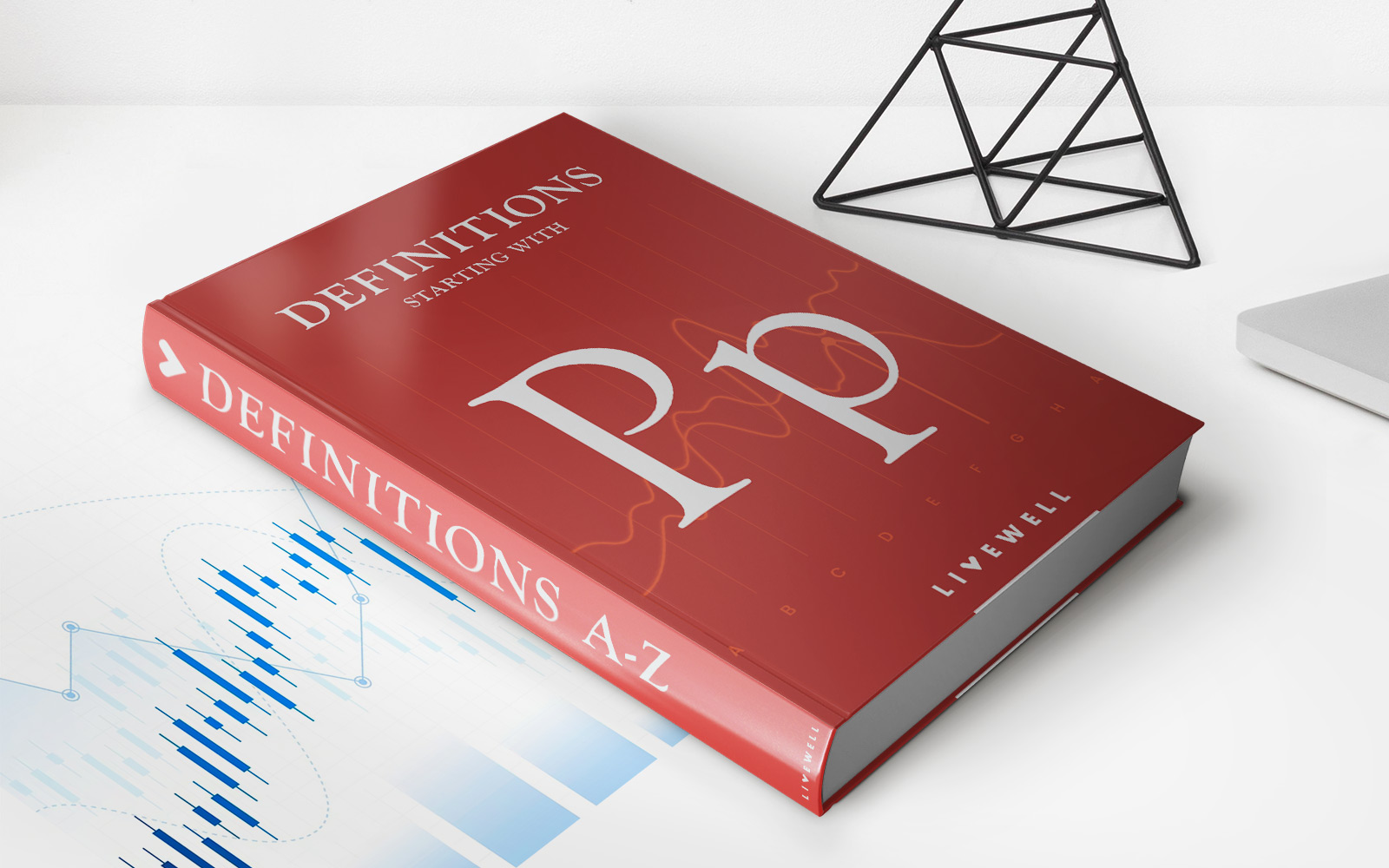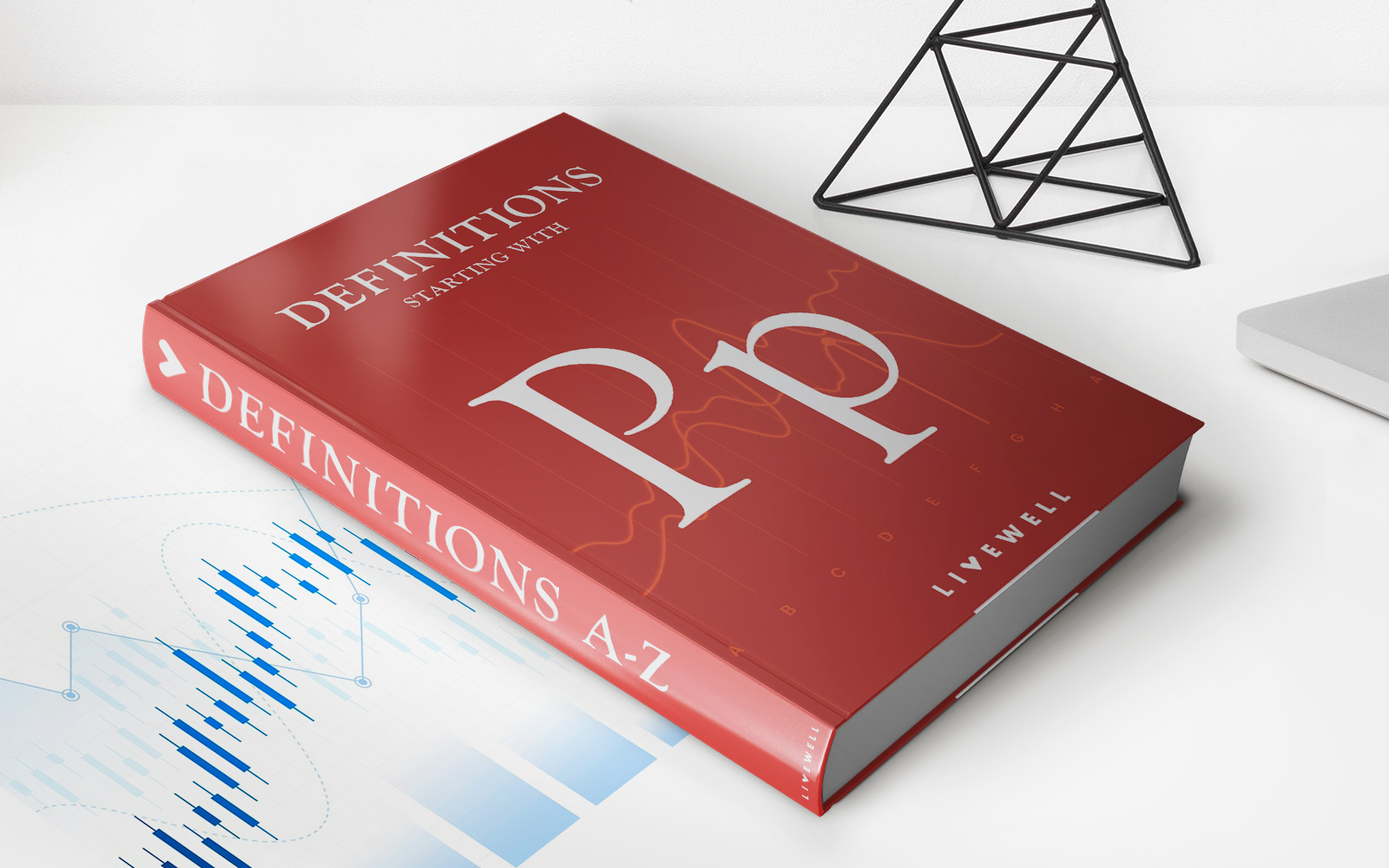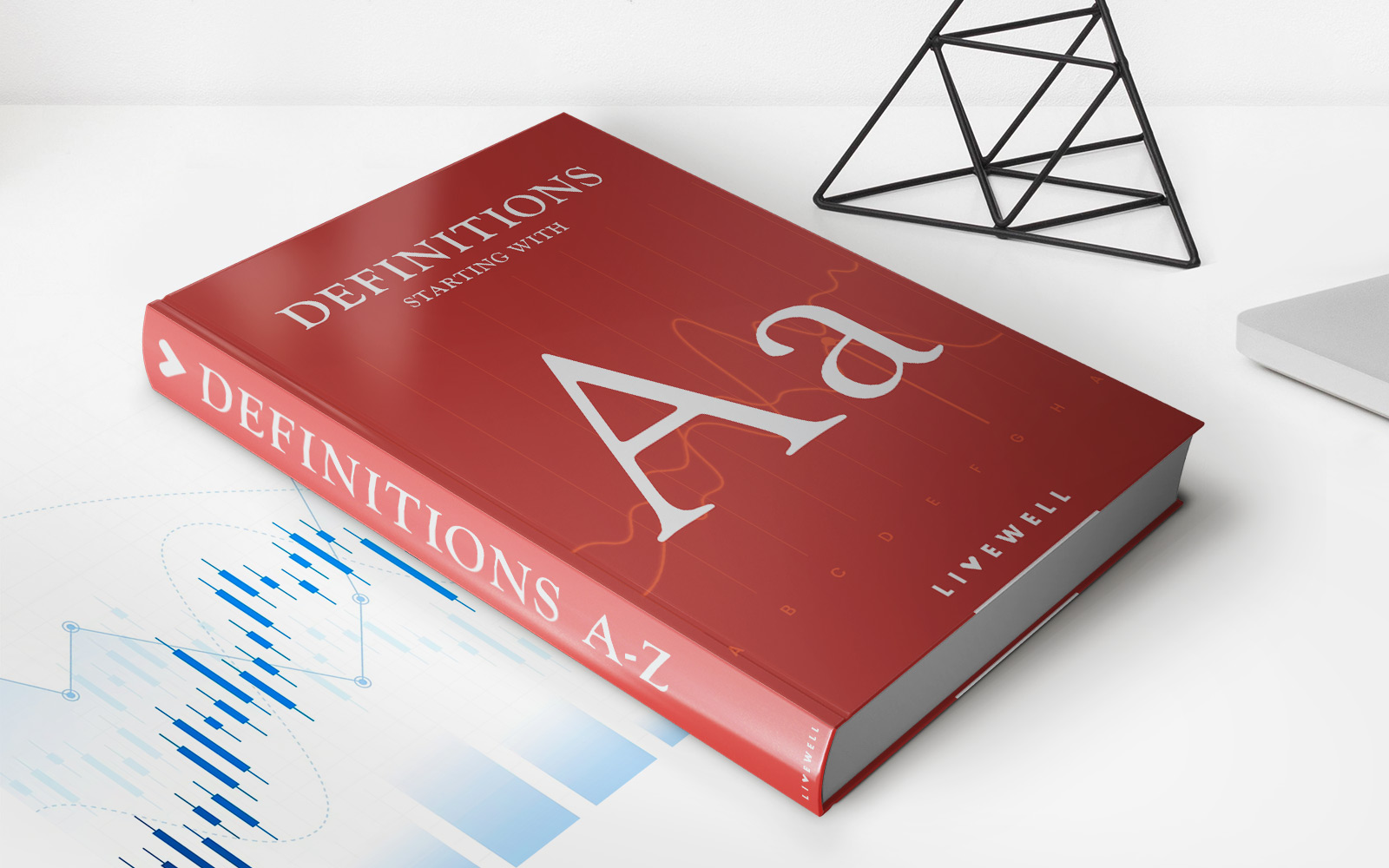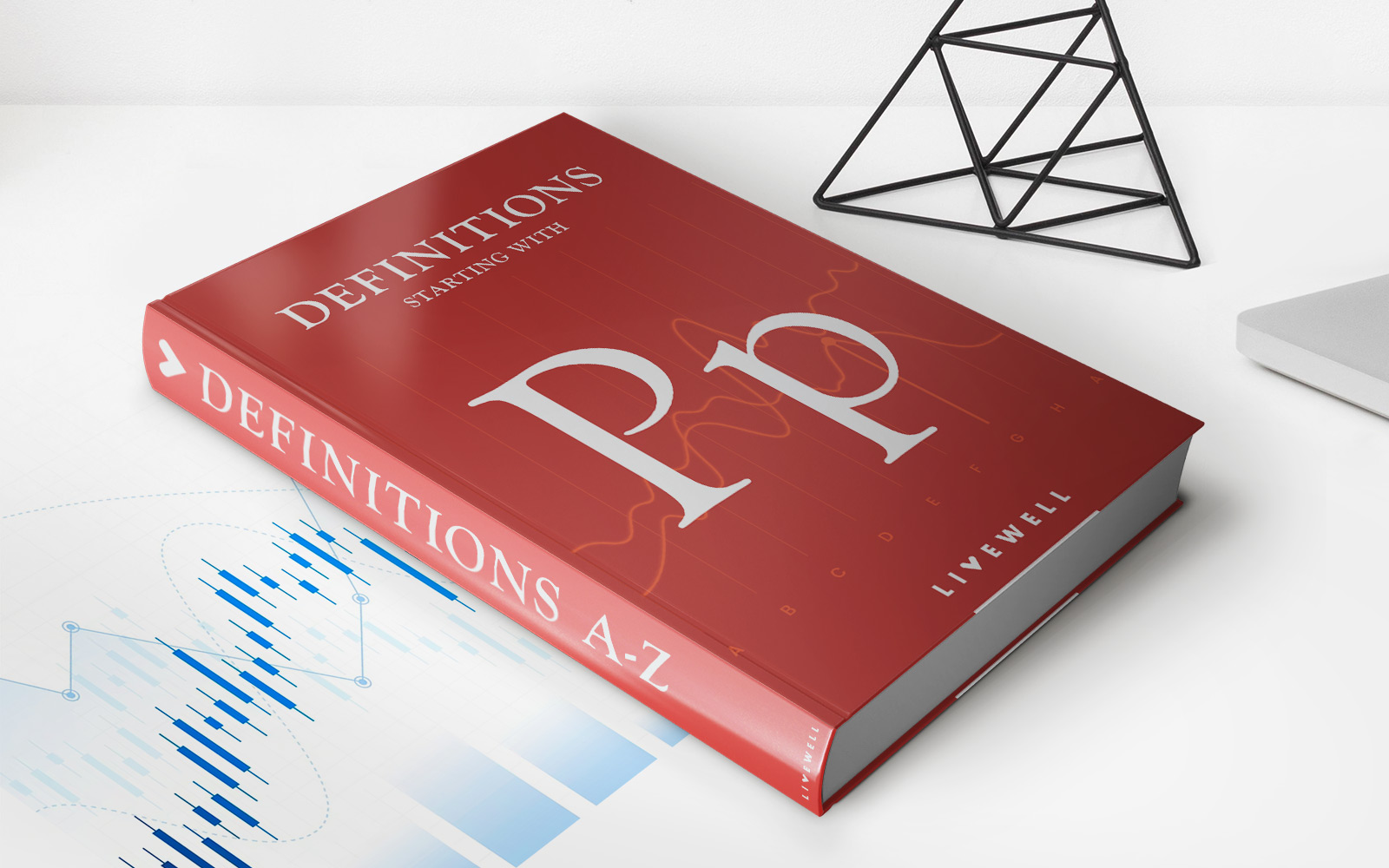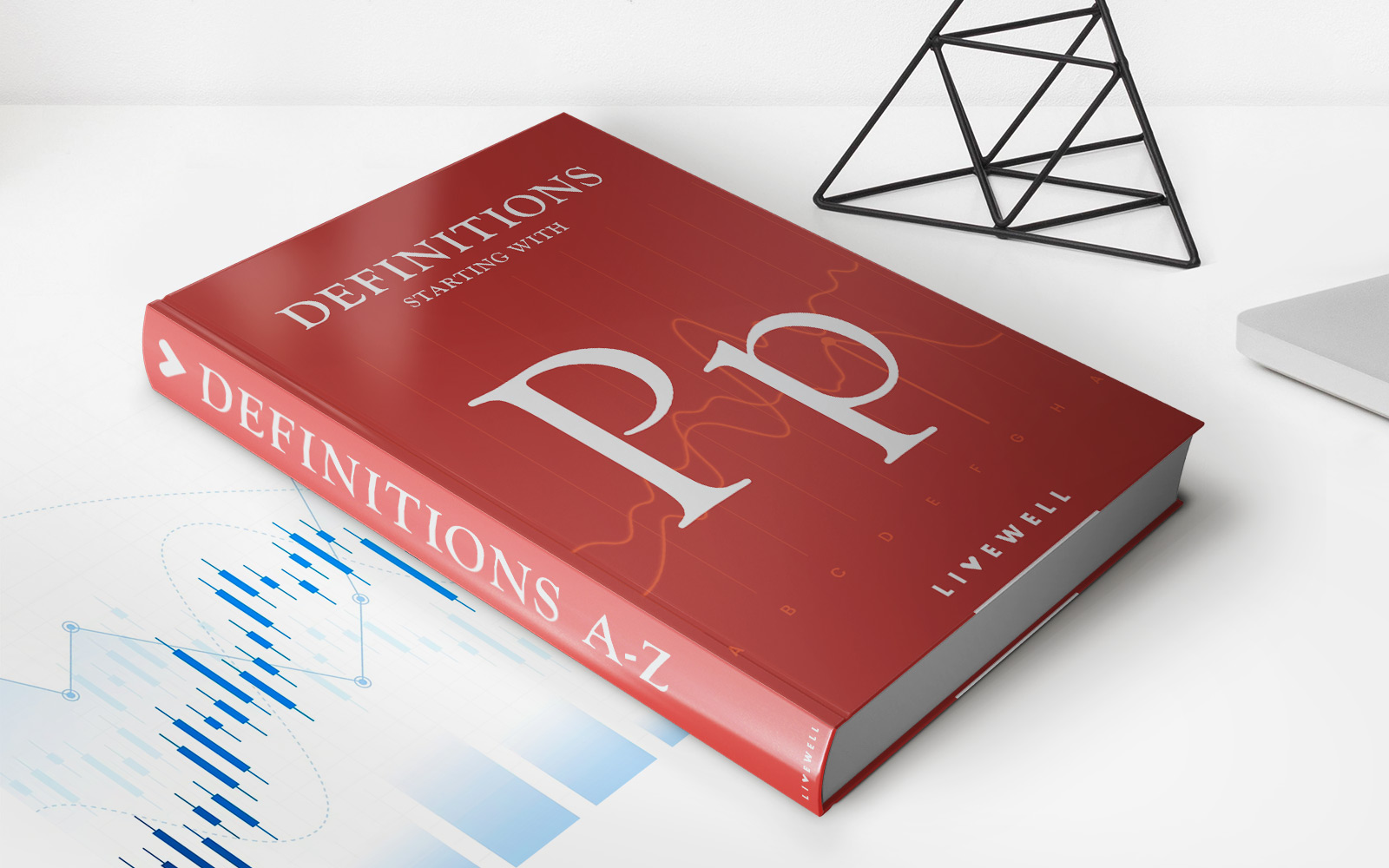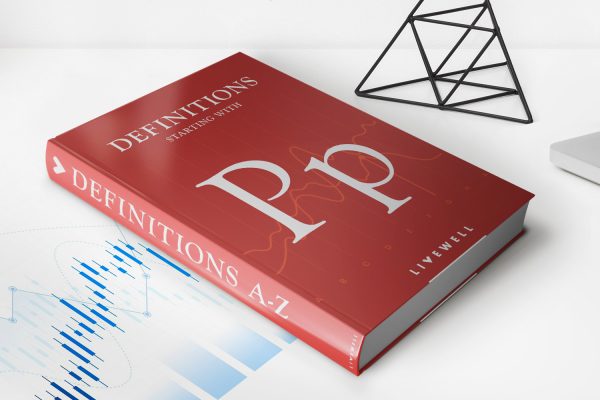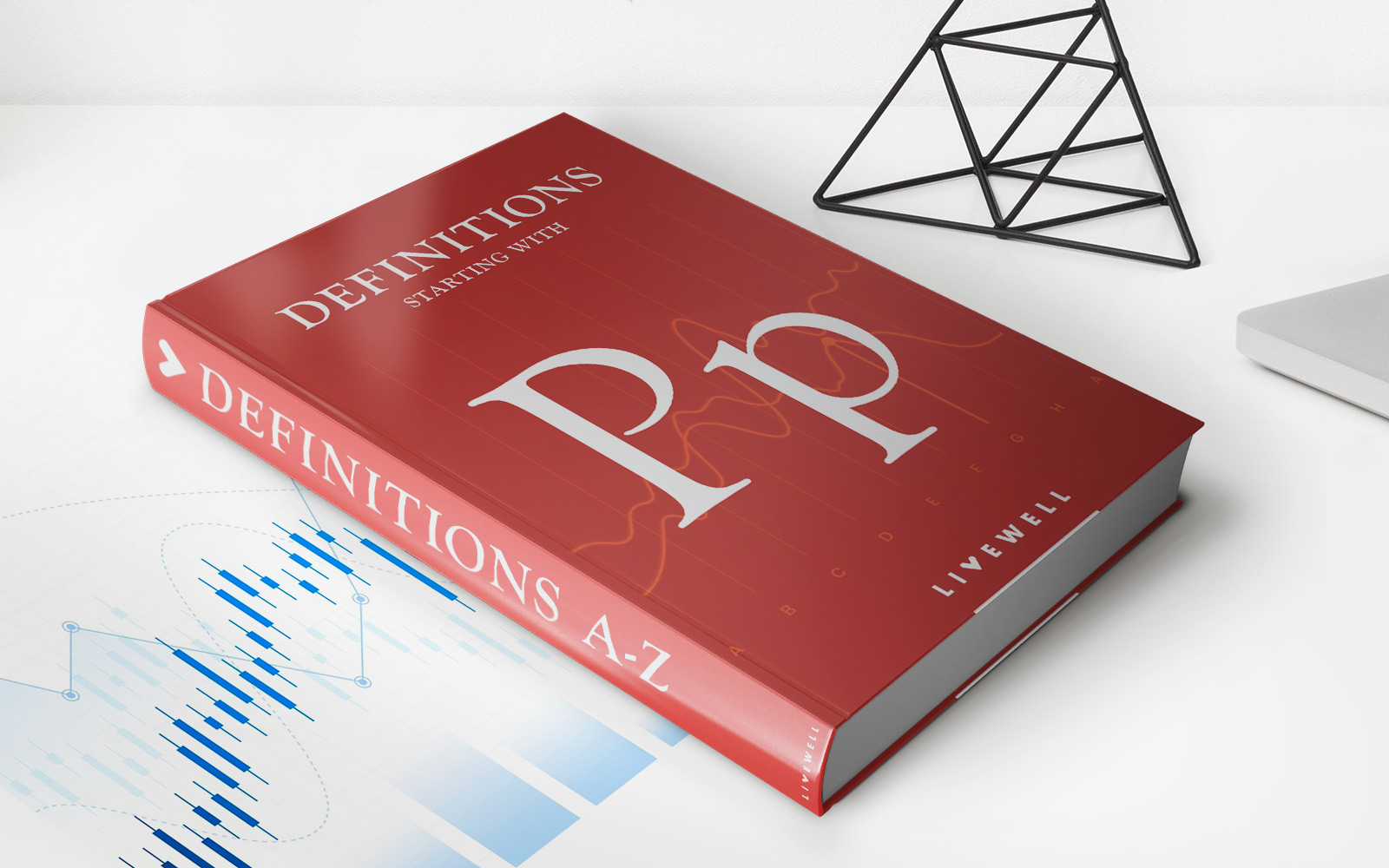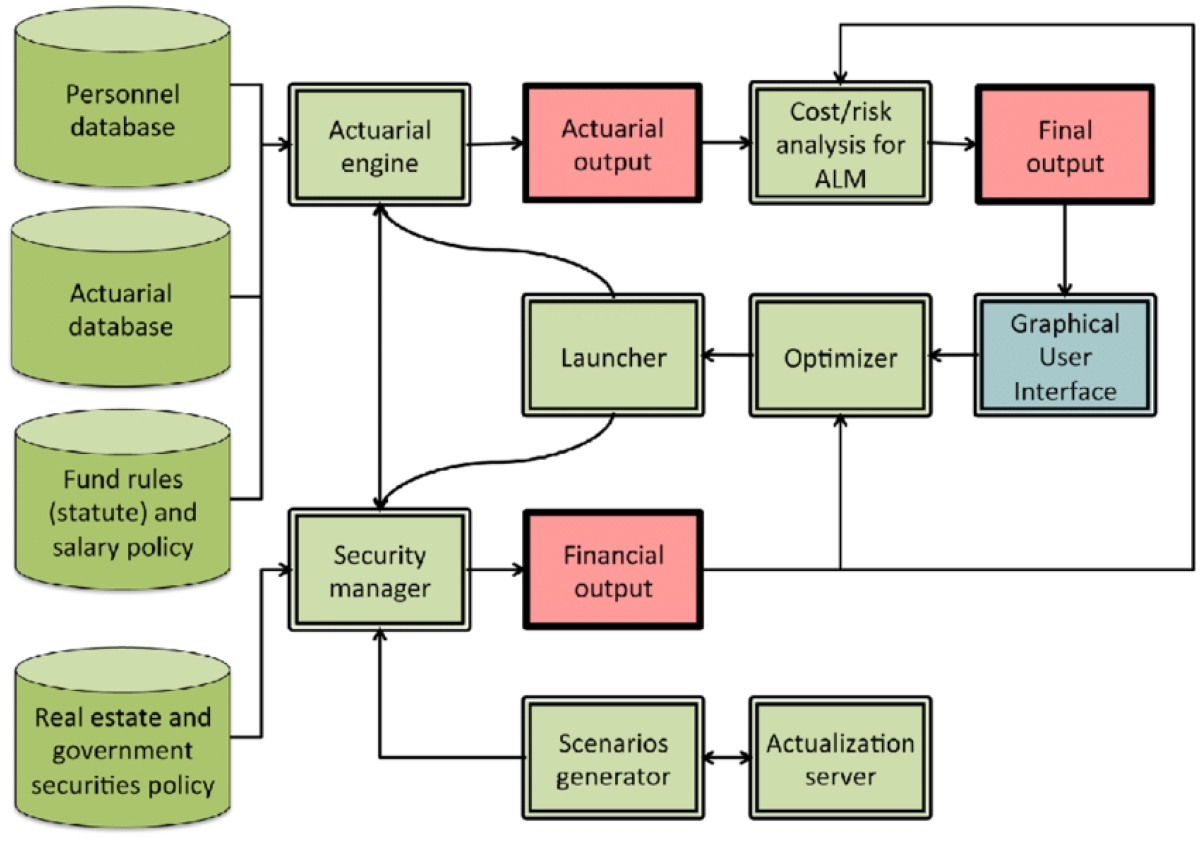

Finance
EV/2P Ratio Definition
Published: November 20, 2023
Discover the EV/2P ratio definition and its significance in finance. Learn how this financial metric is calculated and its application in evaluating investment opportunities.
(Many of the links in this article redirect to a specific reviewed product. Your purchase of these products through affiliate links helps to generate commission for LiveWell, at no extra cost. Learn more)
Unlocking the Power of EV/2P Ratio in Finance
Finance is a vast field that constantly evolves and introduces new metrics and tools to assess investment opportunities. One such metric that has gained significant traction in recent years is the EV/2P ratio. In this blog post, we will delve into the depths of this ratio, unraveling its definition, significance, and how it can help investors make informed decisions.
Key Takeaways:
- The EV/2P ratio is a financial metric used to assess the value of an energy company by comparing its enterprise value (EV) to its proven and probable (2P) reserves.
- Investors use the EV/2P ratio to gauge the relative worth of an energy company, considering its asset value, production potential, and market expectations.
So, what exactly is the EV/2P ratio? Simply put, it is a measure used to evaluate the value of an energy company by comparing its enterprise value (EV) to its proven and probable (2P) reserves. EV represents the overall value of a company, including its market capitalization, debt, and cash position. On the other hand, 2P reserves refer to the estimated amount of oil, gas, or other energy resources the company possesses that are proven and probable.
The EV/2P ratio provides investors with a valuable lens to assess an energy company’s worth by considering both its financial standing and its potential production capabilities. It takes into account the underlying asset value of the 2P reserves and factors in market expectations for future production.
But why is this ratio important? Well, the EV/2P ratio helps investors analyze the relative value of different energy companies operating in the same industry. By comparing the ratio between companies, investors can identify potential opportunities or areas of concern. A high EV/2P ratio may indicate that the market has high expectations for future production growth, while a low ratio may suggest underappreciated asset value or production potential.
Here are two key takeaways regarding the EV/2P ratio:
- It offers investors a comprehensive view of an energy company’s value, considering both its financial position and production potential.
- By comparing the ratio between companies, investors can identify potential investment opportunities and assess market expectations.
It is important to note that the EV/2P ratio is just one of many metrics used in the finance industry. It should be used in conjunction with other relevant metrics and thorough financial analysis to make well-informed investment decisions. Financial professionals and investors often rely on a combination of fundamental analysis, market trends, and industry knowledge to evaluate investment opportunities effectively.
In conclusion, the EV/2P ratio is a powerful tool that enables investors in the finance industry to assess the value of energy companies. By leveraging this ratio, investors can gain insights into the relative worth of companies and make informed investment decisions. Remember, the EV/2P ratio is just one piece of the puzzle in the dynamic world of finance, and its interpretation should always be done in conjunction with other analysis techniques. Stay informed and keep exploring the vast and fascinating field of finance!

